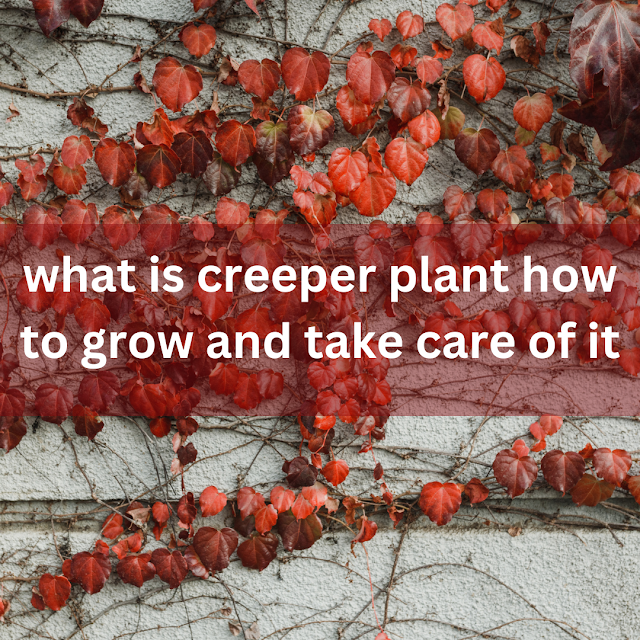Bougainvillea plants are well-known for their vibrant and showy blooms that can add a pop of color to any garden or outdoor area. Despite their popularity among gardeners and landscaping professionals, there are some lesser-known facts about these plants that can help you maximize their potential. In this article, we will explore three secrets about bougainvillea plants that you might not have known before.
Bougainvillea Plants Thrive with Minimal Care
Contrary to popular belief, bougainvillea plants do not require much attention or maintenance to flourish. In fact, they prefer to be left alone most of the time. These plants are incredibly tough and can withstand neglect, drought, and poor soil conditions. To ensure optimal growth, plant your bougainvillea in a spot that receives at least six hours of direct sunlight per day. Additionally, these plants are heavy feeders, so regular fertilization with a balanced fertilizer is recommended.
Bougainvillea Plants are Thorny
In addition to their beautiful blooms, bougainvillea plants have a spiky side. They are covered in thorns, which can be painful if you accidentally come into contact with them. If you have pets or small children, keep this in mind when planting bougainvillea in your garden. To minimize the risk of injury, you can prune the thorny branches.
Bougainvillea Plants are Not True Vines
Despite their climbing nature, bougainvillea plants are not true vines. They lack tendrils or adhesive pads that enable true vines to attach themselves to structures. Instead, bougainvillea plants have long, flexible branches that can be trained to climb up walls or trellises. To encourage climbing, tie the branches loosely to a support structure and prune them as they grow.
In conclusion, bougainvillea plants are a stunning addition to any garden or outdoor space. They are low-maintenance, resilient, and hardy. However, it is important to remember that they have thorns and are not true vines. By keeping these secrets in mind, you can ensure that your bougainvillea plants thrive and continue to enhance the beauty of your garden for years to come.























